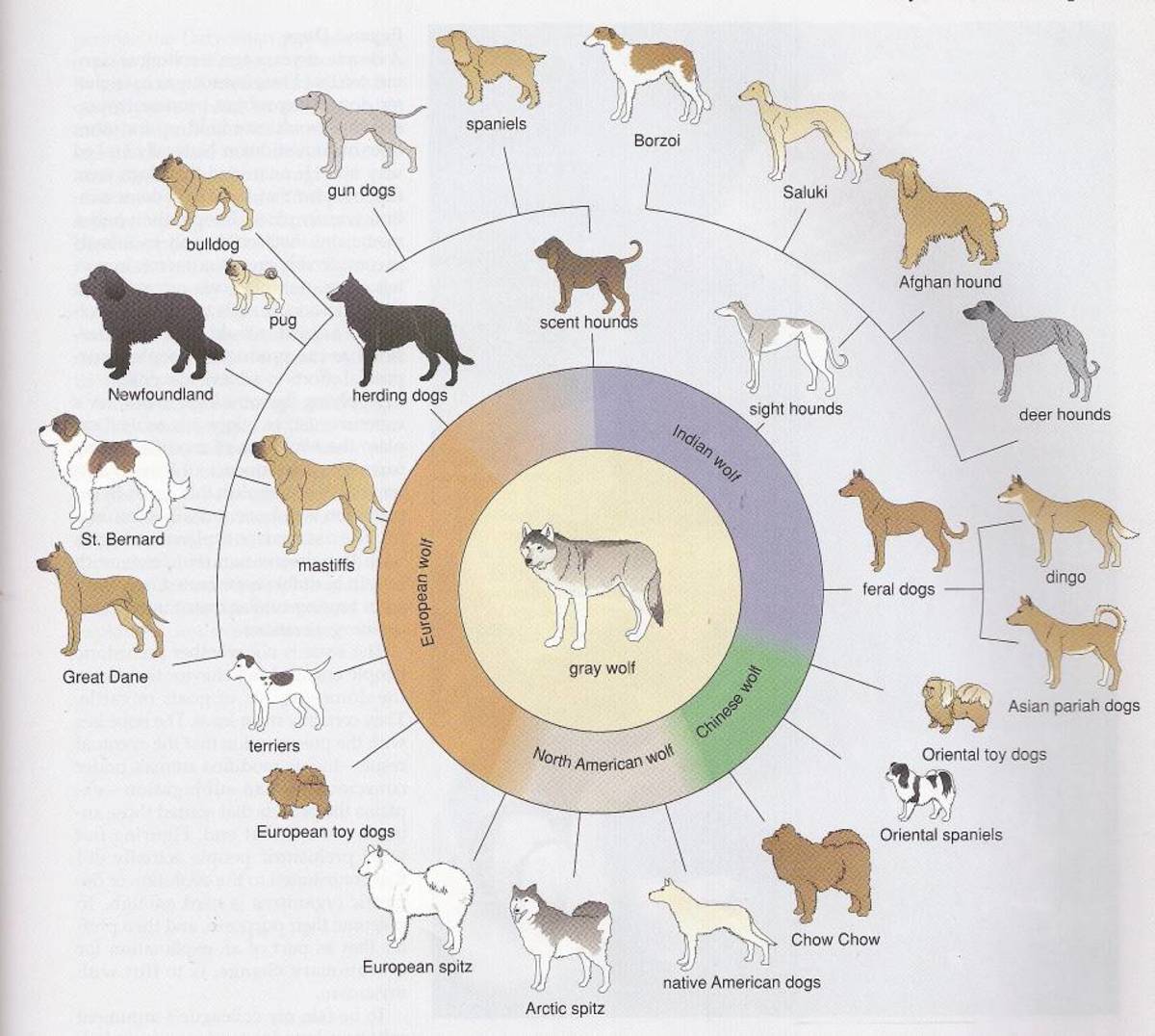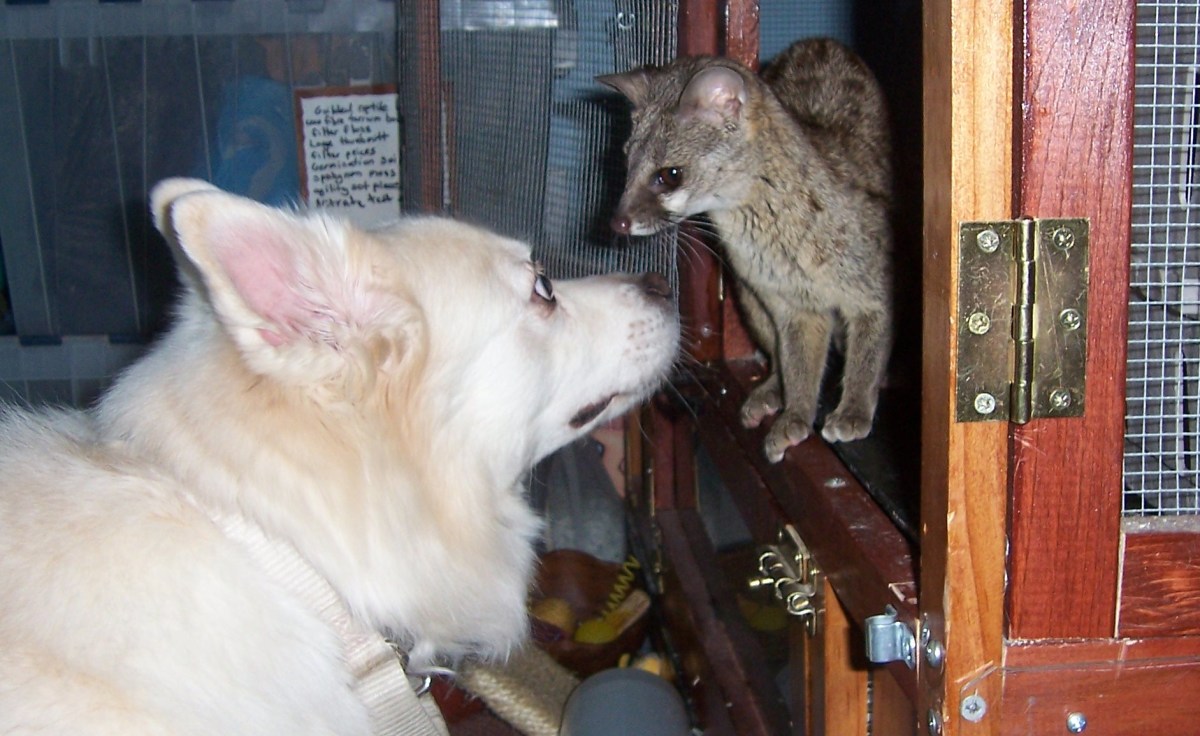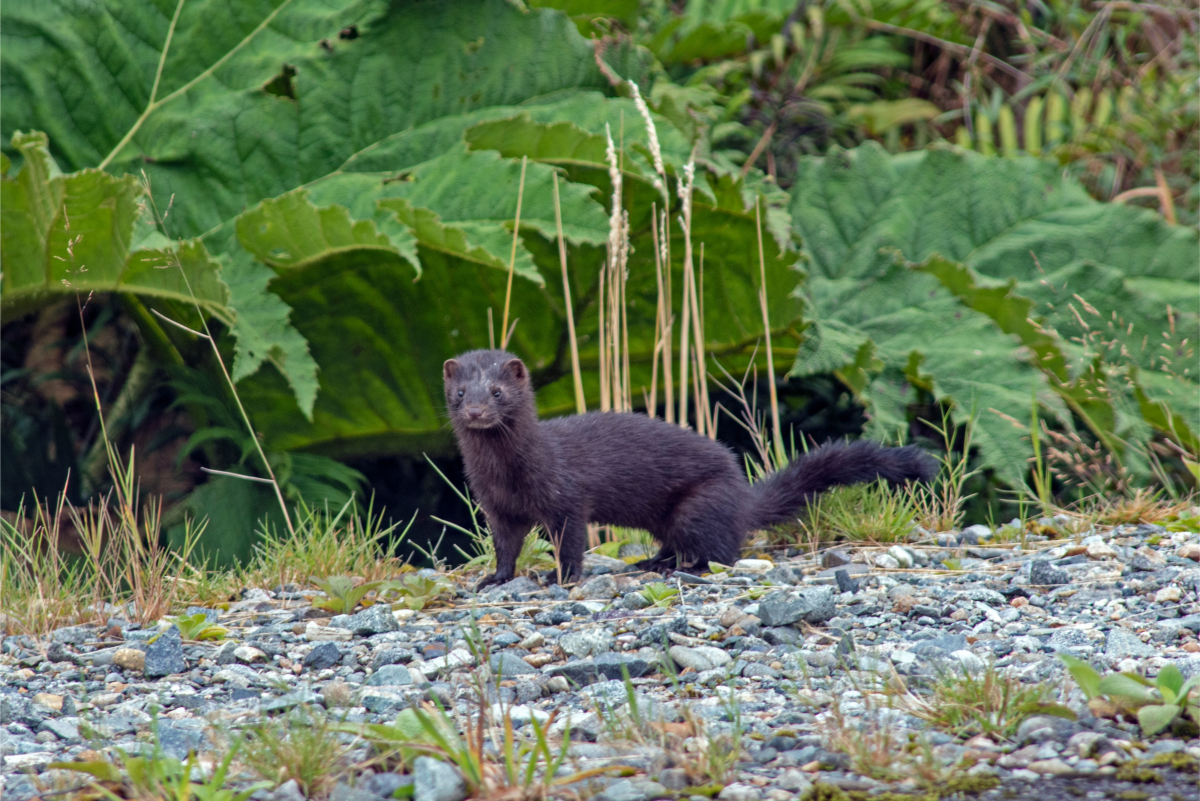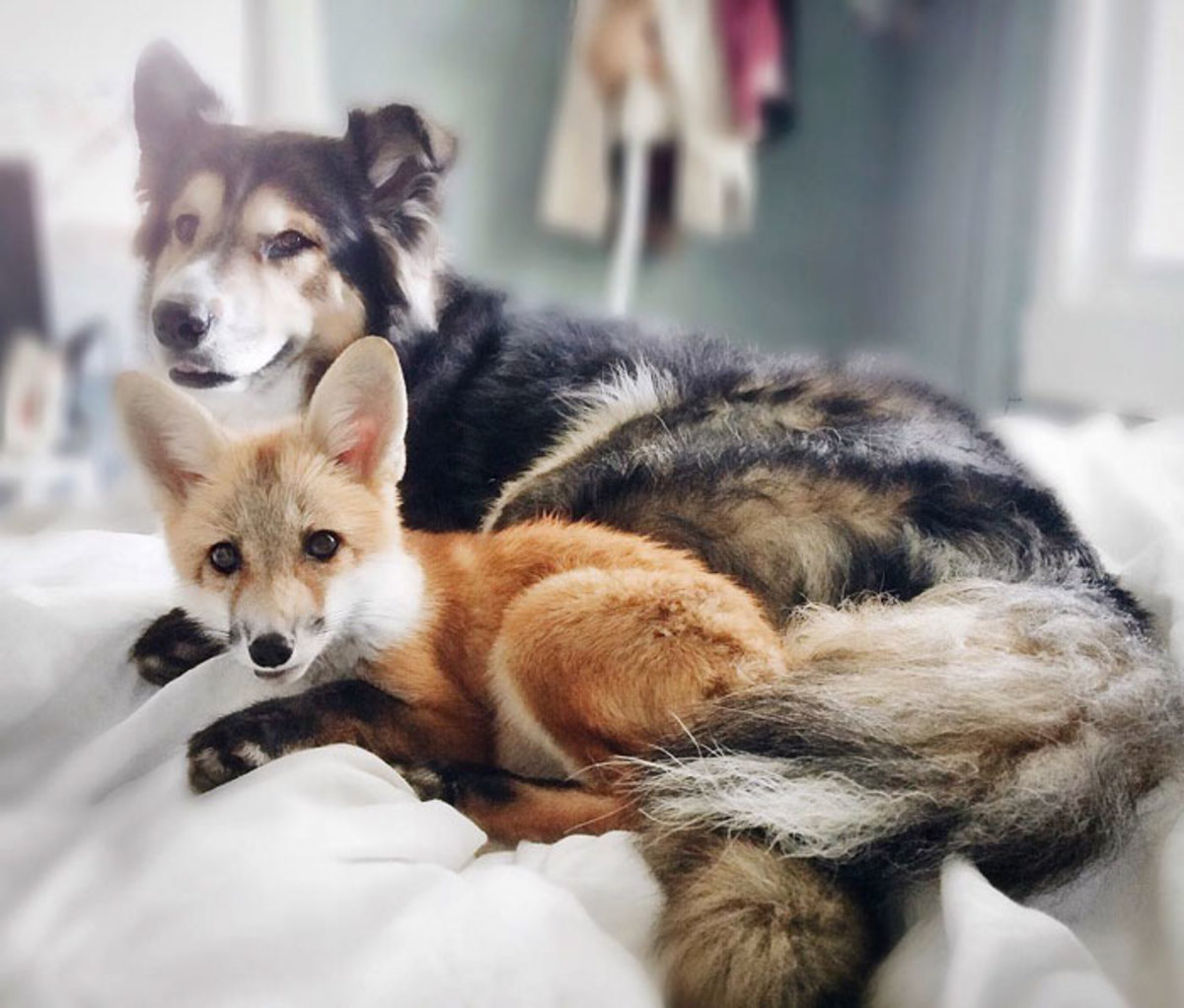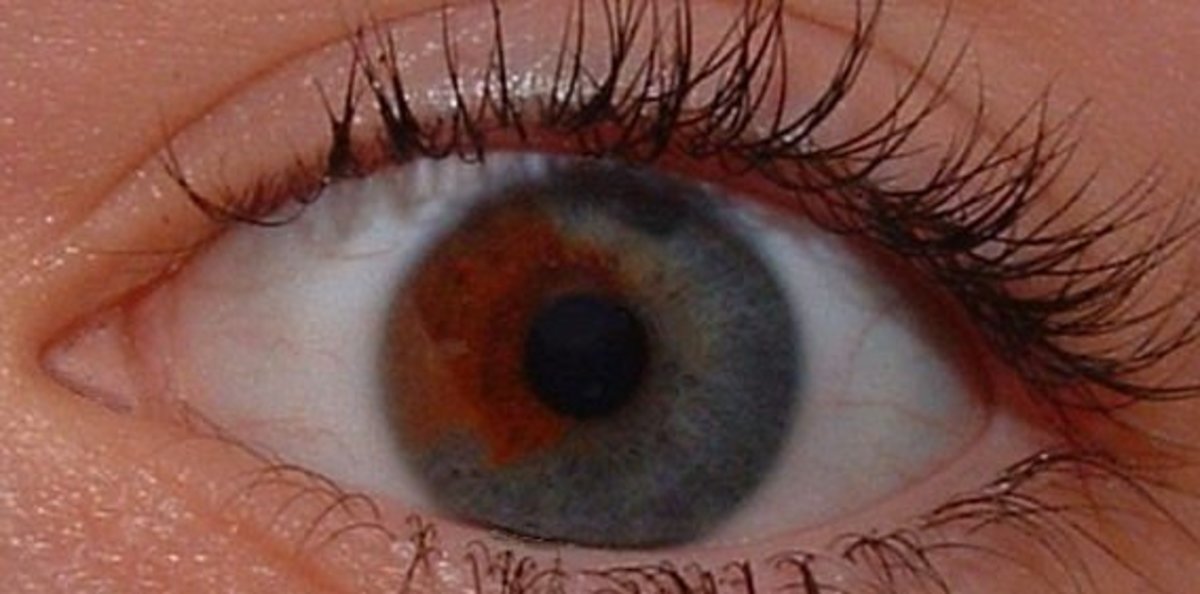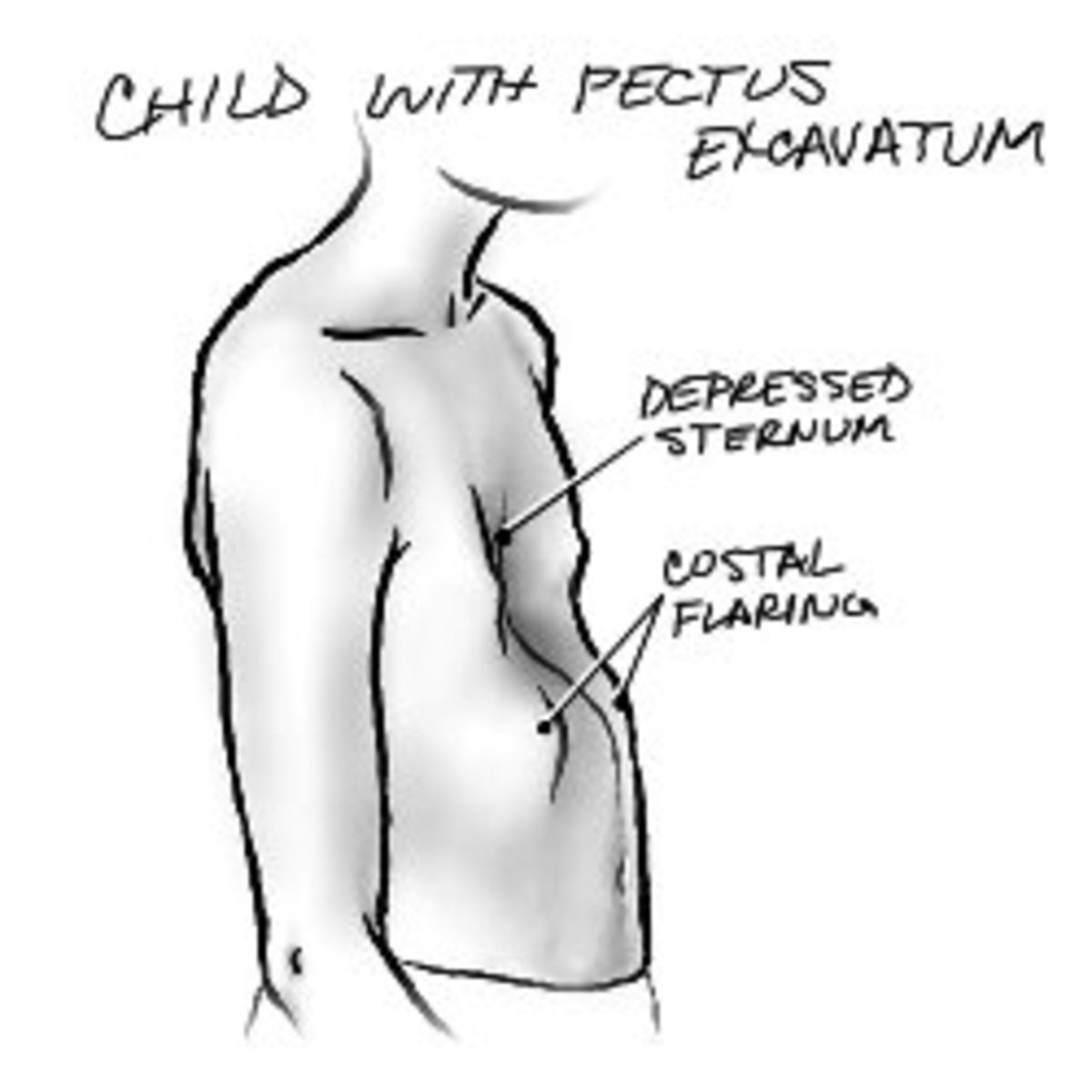Animal Domestication and the Significance of Genetic Linkage
What is Domestication?
According to Russell (2002), the biological definition of animal domestication is when humans have control of the breeding of an animal or if there is a form of human-animal symbiosis. However, neither of these prerequisites is always the case, for example, pigeons may be seen as ‘wild’, since their breeding is not controlled by humans and humans benefit in no way from them, however they could also be seen as ‘domesticated’ since they can sometimes be found utilising human waste for survival. Thus, these parameters are not always met and there are many cases of hybrids between wild and domesticated animals. A further example is that endangered animals, such as tigers, may have a ‘wild’ behaviour but they have an artificial distribution and are reliant on humans to prevent great inbreeding within their populations. It could even be said that there are no longer any true wild animals left in modern times, since humans affect all organisms in some way, whether intentionally or not.
Table 1: When and Where Domestication Occurred
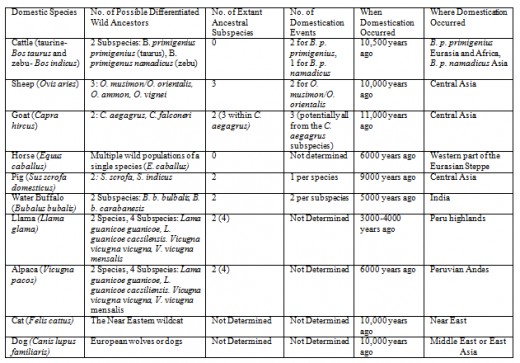
How and Why did Domestication Happen?
70,000 years ago there were constant climate fluctuations that altered the environment and the organisms within it in a significantly manner. This meant the Homo sapiens spent 95% of their time as hunter gatherers because agriculture and domestication was not possible, since it requires a stable environment. Thus, these early human hunter gatherers used to eat herbivores, and hunted these animals in numerous ways. It could be said that this was the first step in the domestication process, since these early humans started to closely follow the behaviour of animals in an attempt to capture and kill them. An effective method of killing these mega herbivores began 10,000 years ago. This is when wolves (the first domesticated animals) were first domesticated to help hunt these mega herbivores. This could have occurred by human clans or tribes taking and raising puppies or it could have been caused by interspecific cooperation (e.g. letting the wolves hunt and sharing the prey with them) or it may have been due to similar social dynamics between the wolves and humans. Humans had similar social dynamics as wolves when they were sedentary 12,000 years ago. These humans were unable to go back to being hunter gatherers because their populations were too great to rely on hunting. An example of a non-nomadic culture is the Kebaram culture in the Middle East 23,000 years ago. They had villages of people living in one area and did not migrate between places. These people were able to live in this way because they were living in a productive area and so could rely on the grains, fruits, berries, woodland and medium herbivores, rather than the prey being depleted or migrating. Therefore, they lived in family groups, relied on game species for survival, and potentially had similar hunting styles.
Another method of killing these mega herbivores was through knowledge past down the generations about herding. The humans knew they could encourage animals into running from cliffs. This was an efficient method of killing a large number of herbivores at one time to feed a large population, without concerns over getting too close to the natural defences of the animals (e.g. horns, teeth etc.), reducing hazards associated with hunting. Therefore when early humans first attempted to domesticate animals in the same way that they had previously domesticated plants (through observation of breeding trends and trial and error), they were able to quickly exploit those animals with a natural herding ability, for example, those that group together when danger is detected, such as sheep. Sheep were the first animal to be domesticated purely with the intention of them being a source of food.
The herbivores were selectively bred based on particular traits, while those animals with any detrimental traits, for example aggression, were culled. This meant these domesticated animals needed to be kept in pens to stop them escaping and to protect them from predators. Therefore, they were reliant on humans to supply them with food to allow them to survive. This was achieved in an efficient way by letting them eat the grasses humans are unable to eat (e.g. cereal stalks, cloves etc.), due to the inability of humans to digest cellulose. This is because humans are unable to produce cellulase so it must be obtained indirectly by predating herbivores. This reduced any crop wastage, while also helped provide for these domesticated animals. However, this process made the animals that were cared for by the humans particularly vulnerable, since behaviourally they were very tame (allowing easy control so young children would be able to herd them) and linked traits (such as horn size) caused defensive mechanisms to be more poor also. Thus, if they escaped they would have been unable to survive in a natural environment.
But not all animals were domesticated in this way; there are several different potential ways in which individual species have been domesticated. The first of which is the result of one or two primary domestication events, causing a genetic bottleneck in one area. This would result in all the genes of the individuals being linked back to a founder animal. Another method is that there may have been many different domestication events in different areas. However, each of these individual interbred populations would have later bred together (for example, dogs may have been traded between different village of humans). This would cause the genes of different individuals today to be traced back to many different ancestors. The final method is that of a refreshment of the gene pool, due to breeding between domesticated (individuals who had already been produced due to a domestication event) and wild populations. This would cause the gene pool to have various ancestral DNA in the genome. This process happens deliberately in cattle populations, in an attempt to strengthen the gene pool. For example, a study completed by Mpofu (2002) found that crossbreeds of Adaptaur and Belmont Red cows had a higher calving rate and survival to the age of 18 months than the straightbreds.
Figure 1: Genetic Linkage
Click thumbnail to view full-size
Genetic Linkage and its Significance
Genetic linkage is when the alleles of two (or more) genes are located on the same chromosome and are linked, meaning they are located close together [Figure 1]. When a particular phenotype (and so the causative agent, the allele) is selectively bred for, the linked allele (and the phenotype that it encodes) is also selected for too, since it is difficult to separate the two. The closer together the two genes are, the more likely it is that they will be kept together during meiosis. Similarly, the further apart they are, the more chance there is for crossing over to occur between them, separating the two alleles. This process is what causes the primary and secondary traits of genetic linkage.
An example of this process is the effect of selecting for tameness on the neurotransmitter substances in the brain. The Hypothalamic Pituitary-Adrenal System is a response to long term stress. The stressor activates the Hypothalamic Pituitary Axis, stimulating the secretion of adrenocorticotropic hormone. The production of this hormone causes the adrenal glands to produce the hormone corticosteroid to enable the body to maintain steady supplies of blood sugar. It does this by metabolising the glucose that is stored in the liver, for energy. It also allows the production of adrenaline, which is an important component of the Sympathomedullary Pathway, which provides the response to short-term stresses. This pathway is when the hypothalamus in the brain activates the sympathetic branch of the Autonomic Nervous System (ANS). This causes the fight or flight response, stimulating the medulla of the adrenal gland to release the stress hormones adrenaline and noradrenaline into the blood stream. These hormones increase arousal, preparing the body to remove the threat from the vicinity to ensure the survival of the individual. The heart rate and blood pressure increase, increasing the blood flow directed to the muscles, to prepare them for movement. There is also increased perspiration, in an attempt to cool the body down before any movement occurs, to ensure core body temperature is maintained. The bone marrow produces more white blood corpuscles, preparing the body to fight infection. Endorphins (pain killers) are secreted and surface blood vessels constrict to reduce blood loss in case of injury.
In wild foxes corticosteroid levels rose sharply between the age of 2–4 months, reaching adult levels by 8 months of age, however, the domesticated foxes had a later and less significant surge (Gilbert, 2013). Although having reduced corticosteroid hormone and adrenaline levels allows animals to live longer, explaining the longevity of zoo animals, it causes animals to be less responsive to threats. This means that the animals who are domesticated are more placid and so do not respond properly to their environment and so would be more likely to die if they were without the protection of humans, since they would be unable to respond properly and efficiently to any threats within that environment (Trut, 1999). Furthermore, these domesticated individuals have an increased amount of serotonin in the midbrain and hypothalamus, causing a more docile behaviour naturally, emphasising this already lethargic temperament (Popova et al., 1991). Therefore, this genetic linkage caused many fixed changes in all other areas of the bodies of these domesticated animals.
Bibliography
Belyaev, D. (1969), ‘Domestication of Animals’, Science, Volume 5 (issue 1), pages 47-52.
Bruford, M. et al. (2003), ‘DNA Markers Reveal the Complexity of Livestock Domestication’, Nature Reviews Genetics, Volume 4, pages 900-910.
Chessa. B. et al. (2009), ‘Revealing the History of Sheep Domestication Using Retrovirus Integrations’, Science, Volume 324, pages 532-536, Available at: http://www.sciencemag.org/content/324/5926/532.full (Accessed: 03/12/13).
Clutton-Brook, J. (1999), Natural History of Domesticated Animals, 2nd edition, Cambridge University Press: Cambridge.
Darwin, C. (1859), On the Origin of Species, John Murray: London.
Druzhkova, A. et al. (2013), ‘Ancient DNA Analysis Affirms the Canid from Altai as a Primitive Dog’, PLoS One, Volume 8 (issue 3), e57754, Available at: 10.1371/journal.pone.0057754, (Accessed: 01/12/13).
Elia, J. (2013), ‘A Foxy View of Human Beauty: Implications of the Farm Fox Experiment for Understanding the Origins of Structural and Experiential Aspects of Facial Attractiveness’, The Quarterly Review of Biology, Volume 88 (issue 3), Available at http://www.jstor.org/stable/10.1086/671486 (Accessed 03/12/13).
Everett, D. (1927), ‘The Origin of Cow Country’, Collections of the Kansas State Historical Society, Volume 17.
Food and Agriculture Organization of the United Nation (2000), World Watch List for Domestic Animal Diversity, 3rd Edition, Food and Agriculture Organization of the United Nation : Rome, Available at: ftp://ftp.fao.org/docrep/fao/009/x8750e/x8750e00.pdf (Accessed: 30/11/13), page 5.
Gilbert, S. (2013), Developmental Biology, 10th Edition, Sinauer Associates Inc.: Sunderland, Chapter 23.7.
Gingerich, P. (1985), South American Mammals in the Palaeocene of North America, in Stehli, Plenum Press: New York, pages 123-137.
Götherström et al. (2005), ‘Cattle Domestication in the Near East was Followed by Hybridisation with Aurochs Bulls in Europe’ Proceedings of the Royal Society of Biological Sciences, Volume 272, pages 2345-2351.
Huber, B. (2013), ‘Introduction to Anthropology’, Available at: http://huberb.people.cofc.edu/www/ANTH%20101%20Huber's%20Introduction%20to%20Anthropology.html (Accessed: 03/12/13).
Kijas, J. et al. (2012) ‘Genome-Wide Analysis of the World's Sheep Breeds Reveals High Levels of Historic Mixture and Strong Recent Selection’ PLoS Biology, Volume 10 (issue 2), DOI: 10.1371/journal.pbio.1001258.
Lewin, H. (2009), ‘Genetics: It’s a Bull’s Market’, Science, Volume 324, pages 478-479.
Morey, D. (1994), ‘The Early Evolution of the Domestic Dog’, American Scientist, Volume 82, pages 336-347.
Mpofu, N. (2002), ‘The Multiplication of Africa's Indigenous Breeds Internationally: the Story of the Tuli and Boran Breeds’, Available at: http://agtr.ilri.cgiar.org/index.php?option=com_content&task=view&id=77&Itemid=94 (Accessed: 03/12/13).
Park, S. et al. (2013), ‘A Complete Nuclear Genome Sequence from the Extinct Eurasian Wild Aurochs (Bos primigenius)’, Available at: https://pag.confex.com/pag/xxi/webprogram/Paper7121.html (Accessed: 03/12/13).
Popova, N. et al., (1991), ‘Evidence for the Involvement of Central Serotonin in Mechanism of Domestication of Silver Foxes’, Pharmacology, Biochemistry and Behaviour, Available at: http://www.ncbi.nlm.nih.gov/pubmed/1816562 (Accessed: 01/12/13), (issue 4), pages751-6.
Russell, N. (2002), ‘The Wild Side of Animal Domestication, Society and Animals’, Animals Platform, Volume 10 (issue 3), pages 285-302, Available at: http://animalsplatform.org/assets/library/465_s1034.pdf (Accessed: 03/12/13).
Trut, L. (1996), ‘Sex Ratio in Silver Foxes: Effects of Domestication and the Star Gene’, Theoretical and Applied Genetics, Volume 92, pages 109-115.
Trut, L. (1999), ‘Early Canid Domestication: The Farm-Fox Experiment’, American Scientist, Volume 87 (issue 2), DOI: 10.1511/1999.2.160.


